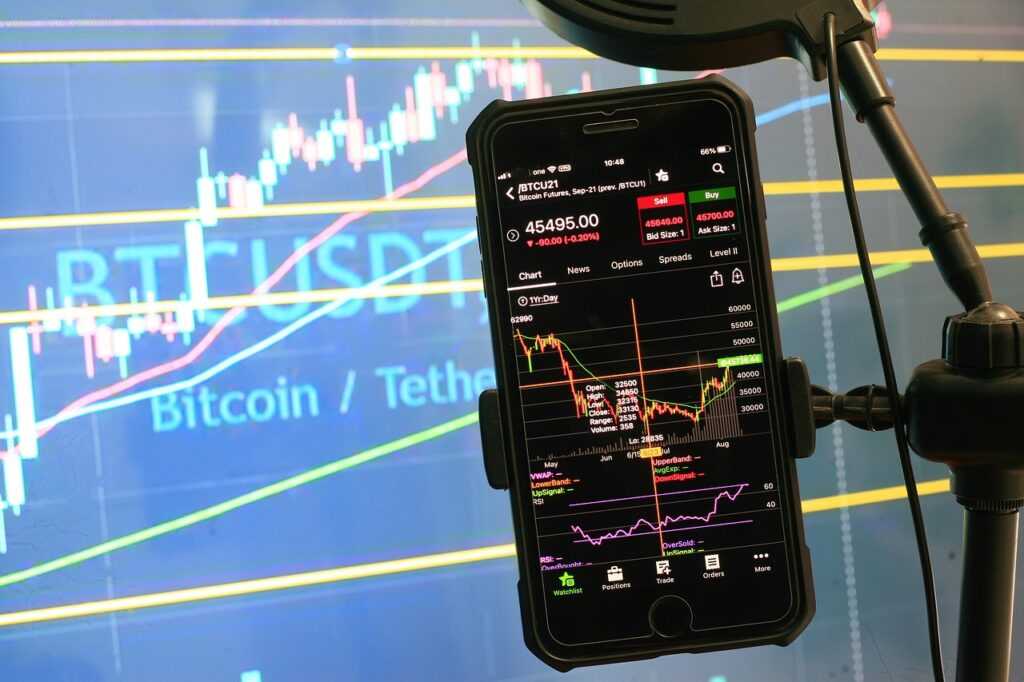When it comes to navigating the volatile waters of cryptocurrency trading, I’ve found that having a solid understanding of technical analysis can make all the difference. As someone who has delved into the world of crypto trading, I’ve learned firsthand the importance of using technical analysis tools to make informed decisions and stay ahead of market trends.
In this article, I’ll share insights on how technical analysis can be a powerful ally in your crypto trading journey. From identifying key price levels to spotting trend reversals, mastering these analytical tools can give you a significant edge in the competitive crypto market. So, buckle up as we explore the fascinating realm of using technical analysis to enhance your trading strategies and maximize your profits in the dynamic world of cryptocurrencies.
Understanding Technical Analysis in Crypto Trading
What Is Technical Analysis?
Technical analysis is a method used in trading to evaluate investments and identify trading opportunities by analyzing statistical trends gathered from trading activity, such as price movements and volume. It involves studying historical market data, primarily price and volume, to forecast future price movements. Notably, technical analysts believe that historical price movements tend to repeat and that these patterns can be identified and utilized for making trading decisions.
Why It’s Important for Crypto Traders
Technical analysis plays a crucial role in crypto trading as it enables traders to make informed decisions based on historical price movements and market behavior. By analyzing charts and utilizing various technical indicators, traders can identify potential entry and exit points, predict price trends, and manage risks effectively. Understanding technical analysis empowers crypto traders to interpret market sentiment, anticipate market movements, and stay agile in the fast-paced crypto market landscape.
Key Technical Indicators for Crypto Trading
When it comes to analyzing cryptocurrency markets, understanding key technical indicators can provide valuable insights for making informed trading decisions.
Moving Averages
Moving averages are essential tools in technical analysis that help smooth out price data to identify trends over a specific period. They are calculated by averaging past price points to create a single line that traders can use to gauge the overall direction of an asset’s price movement. For example, a 50-day moving average can indicate the average price of an asset over the last 50 days, highlighting trends and potential reversal points.
Relative Strength Index (RSI)
The Relative Strength Index (RSI) is a momentum oscillator that measures the speed and change of price movements. RSI values range from 0 to 100 and are used to determine overbought or oversold conditions in an asset. A reading above 70 typically indicates an overbought condition, suggesting a possible price reversal, while a reading below 30 indicates an oversold condition. Traders often use RSI to identify potential entry and exit points in the market.
MACD (Moving Average Convergence Divergence)
The Moving Average Convergence Divergence (MACD) is a trend-following momentum indicator that shows the relationship between two moving averages of an asset’s price. The MACD is calculated by subtracting the 26-day exponential moving average (EMA) from the 12-day EMA, with a signal line represented by a 9-day EMA. Traders use the MACD to identify bullish and bearish signals, crossovers between the MACD line and the signal line, and potential trend reversals.
Chart Patterns and What They Signal
When it comes to using technical analysis for crypto trading, understanding chart patterns is crucial. Chart patterns provide valuable insights into potential price movements, helping traders make informed decisions in the volatile cryptocurrency market.
Head and Shoulders
Head and Shoulders pattern is a widely recognized reversal pattern in technical analysis. It consists of a peak (the head) surrounded by two lower peaks (the shoulders). This pattern typically signals a bullish-to-bearish trend reversal, indicating that the asset’s price may decline after reaching a peak.
Double Tops and Bottoms
Double Tops and Bottoms are chart patterns that suggest a reversal in the current trend. A double top occurs when the price hits a resistance level twice before reversing downward, indicating a bearish reversal. On the other hand, a double bottom indicates a bullish reversal, forming after the price hits a support level twice.
Bull and Bear Flags
Bull and Bear Flags are continuation patterns that represent brief pauses in the current trend before resuming in the same direction. A bull flag typically forms after an upward price movement, signaling a potential continuation of the uptrend. Conversely, a bear flag appears after a downward price movement, indicating a potential continuation of the downtrend.
Combining Technical Analysis with Fundamental Analysis

When it comes to trading cryptocurrencies, combining technical analysis with fundamental analysis can provide a well-rounded approach to decision-making.
How Both Analyses Complement Each Other
In cryptocurrency trading, combining technical analysis, which focuses on historical price movements and chart patterns, with fundamental analysis, which examines the underlying value and financial health of an asset, can offer a comprehensive view of the market. While technical analysis helps identify trends and potential entry and exit points, fundamental analysis provides insights into the intrinsic value of a cryptocurrency based on factors such as project utility, team expertise, partnerships, and market demand. By integrating both approaches, traders can make more informed decisions that consider both market sentiment and the fundamental strengths of an asset.
Case Studies of Successful Hybrid Approaches
Several successful traders have demonstrated the effectiveness of integrating technical and fundamental analysis in their trading strategies. For instance, a trader might use technical indicators like moving averages and RSI to identify potential entry points based on market trends, while also considering fundamental factors such as upcoming project developments or regulatory news to gauge the long-term viability of a cryptocurrency. By combining these analyses, traders can better navigate the volatile cryptocurrency market by aligning their short-term trading goals with the underlying value and potential growth prospects of an asset.
Using Technical Analysis Tools and Software
As a crypto trader, I rely on various technical analysis tools and software to enhance my trading strategies. Here are some popular tools that I find particularly useful:
Popular Tools Among Crypto Traders
- Moving Averages: These tools help me identify trends by smoothing out price data over a specific period.
- Relative Strength Index (RSI): RSI indicates overbought or oversold conditions of a cryptocurrency, assisting me in making timely trading decisions.
- Bollinger Bands: By showing volatility levels, Bollinger Bands help me identify potential entry and exit points in the market.
- Candlestick Patterns: Understanding candlestick patterns aids me in predicting price reversals and continuations.
- Understand Your Trading Style: Select tools that align with your trading style, whether you focus on day trading or long-term investments.
- Evaluate User-Friendliness: Opt for tools that are user-friendly and provide clear insights to support your decision-making process.
- Consider Accuracy and Reliability: Choose tools known for their accuracy and reliability to ensure you make informed trading choices.
- Seek Real-time Data: Utilize tools that offer real-time data to stay up-to-date with market movements and trends.
By leveraging these popular tools and following these tips, I enhance my technical analysis capabilities, enabling me to make more effective trading decisions in the dynamic world of cryptocurrency.


